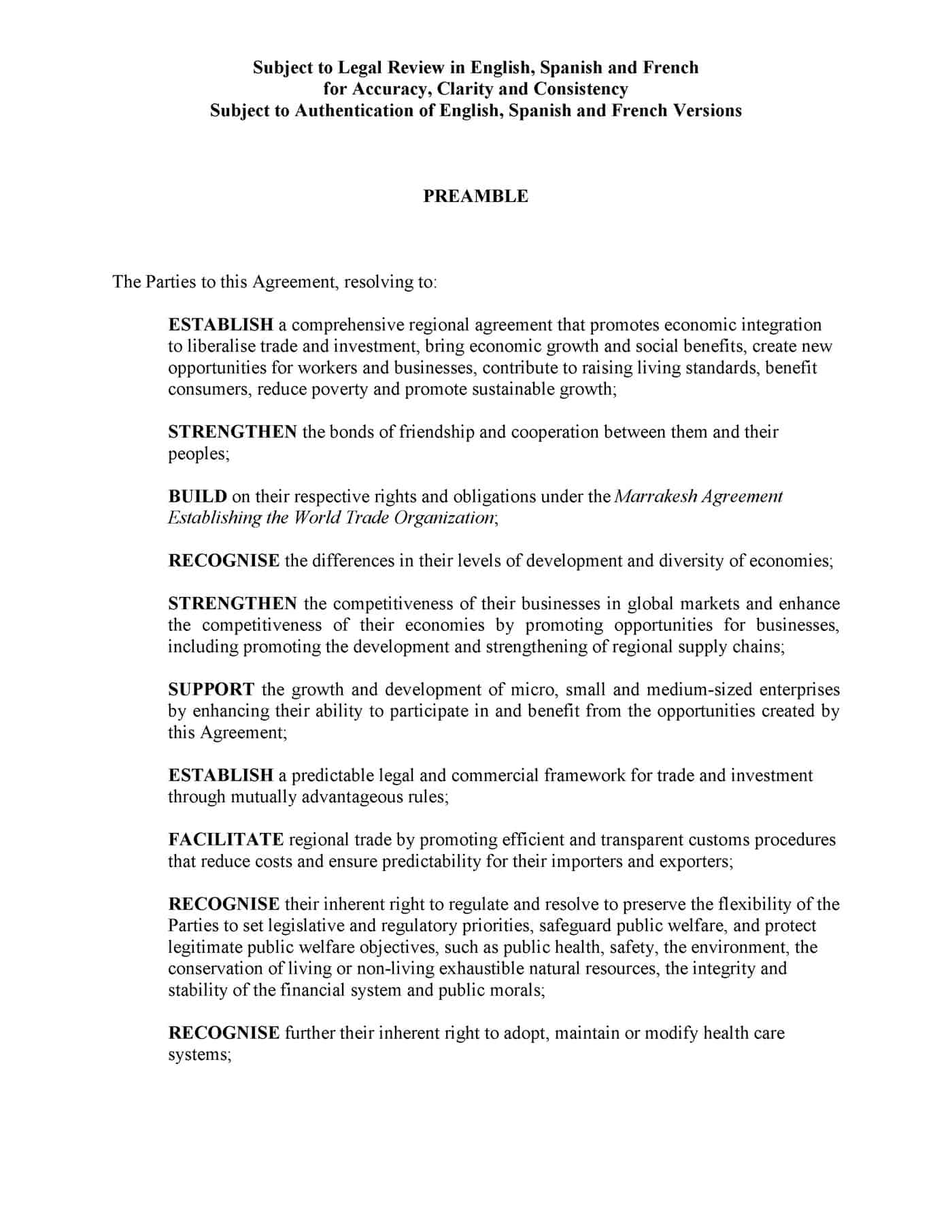It is a common business activity to include Safety as an agenda item in all meetings. This is intended to show that a company sees Safety as an integral component of all business decisions. But such an action can also be used to dismiss Safety by those who do not see it as related to production or the production program.
Some years ago I was an occupational health and safety (OHS) adviser for a client on a construction project. The project had Safety as the first item of business on the weekly progress meeting. I was invited to attend and contribute. The Project Manager opened the meeting, asked if anyone had a “Safety Share”, and then advised that the project had had no incidents in the previous week.



 There is no doubt that football fields are the workplaces of professional football players and their support staff. So they are covered by occupational health and safety (OHS) and/or work health and safety (WHS) laws but what does this mean in relation to OHS regulators, and the sportspeople’s employers? Recently
There is no doubt that football fields are the workplaces of professional football players and their support staff. So they are covered by occupational health and safety (OHS) and/or work health and safety (WHS) laws but what does this mean in relation to OHS regulators, and the sportspeople’s employers? Recently